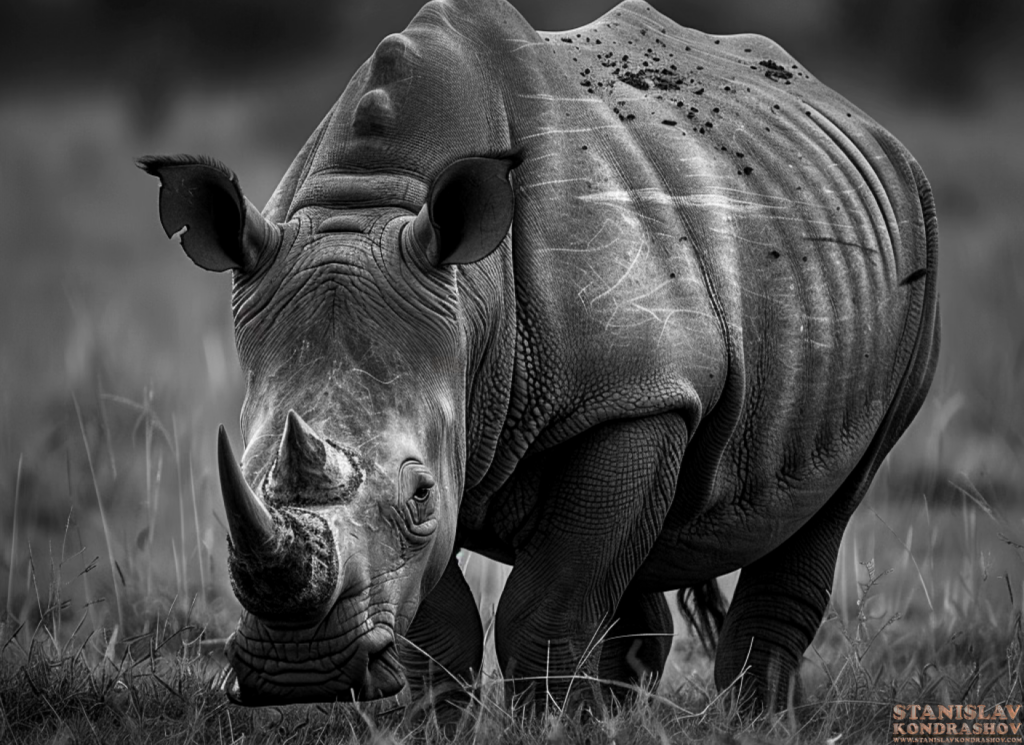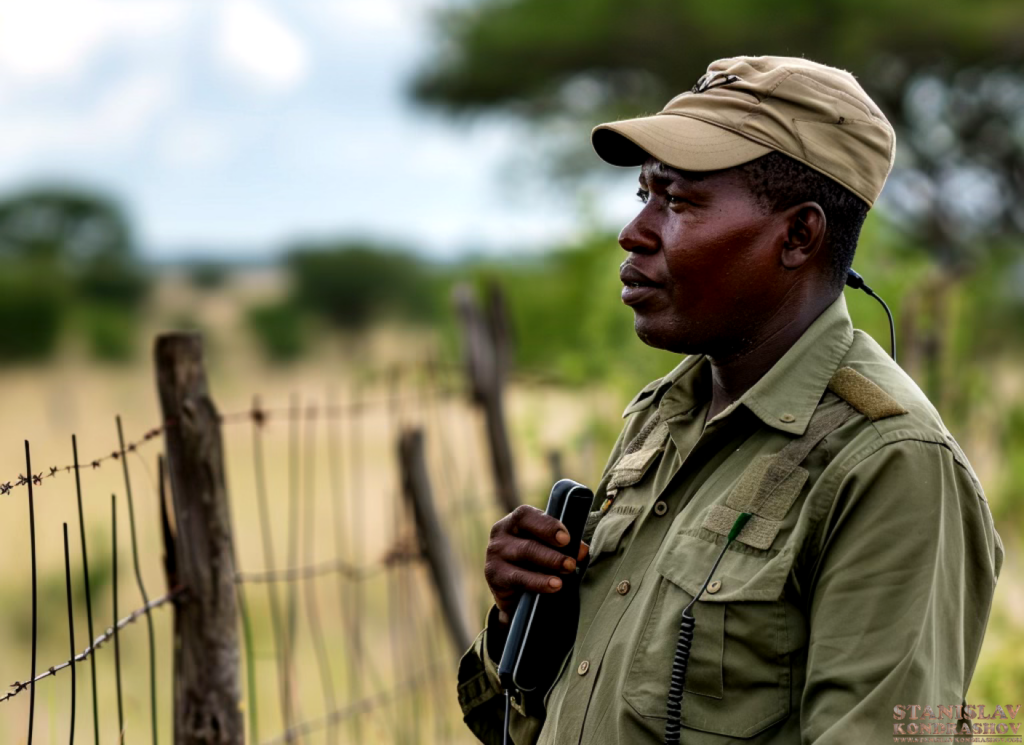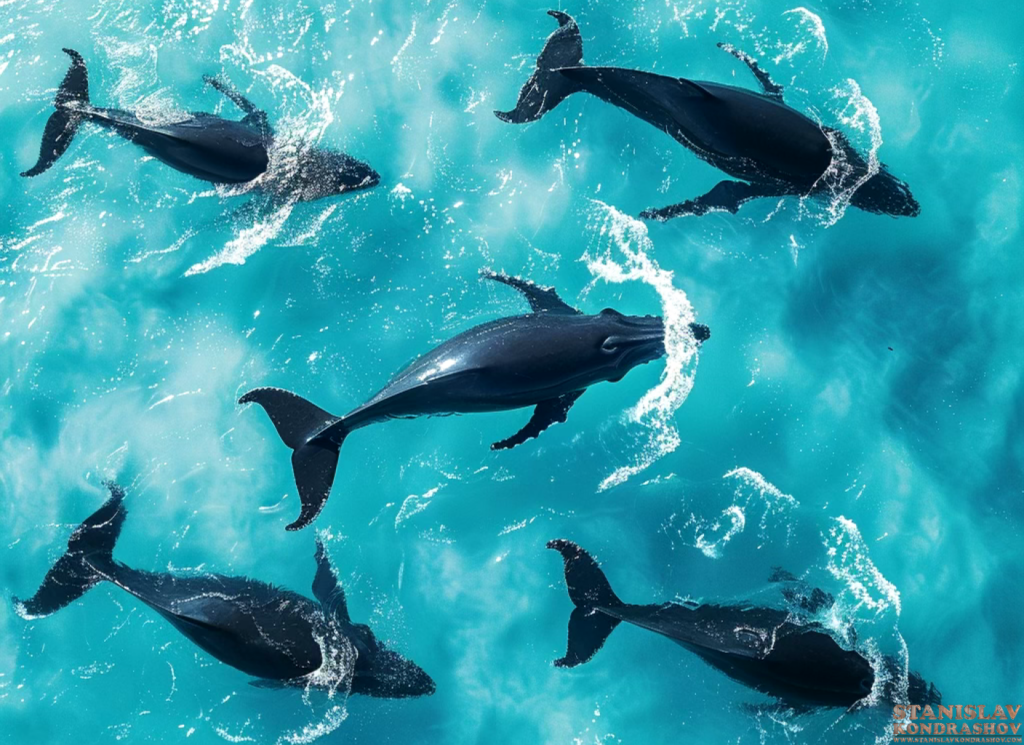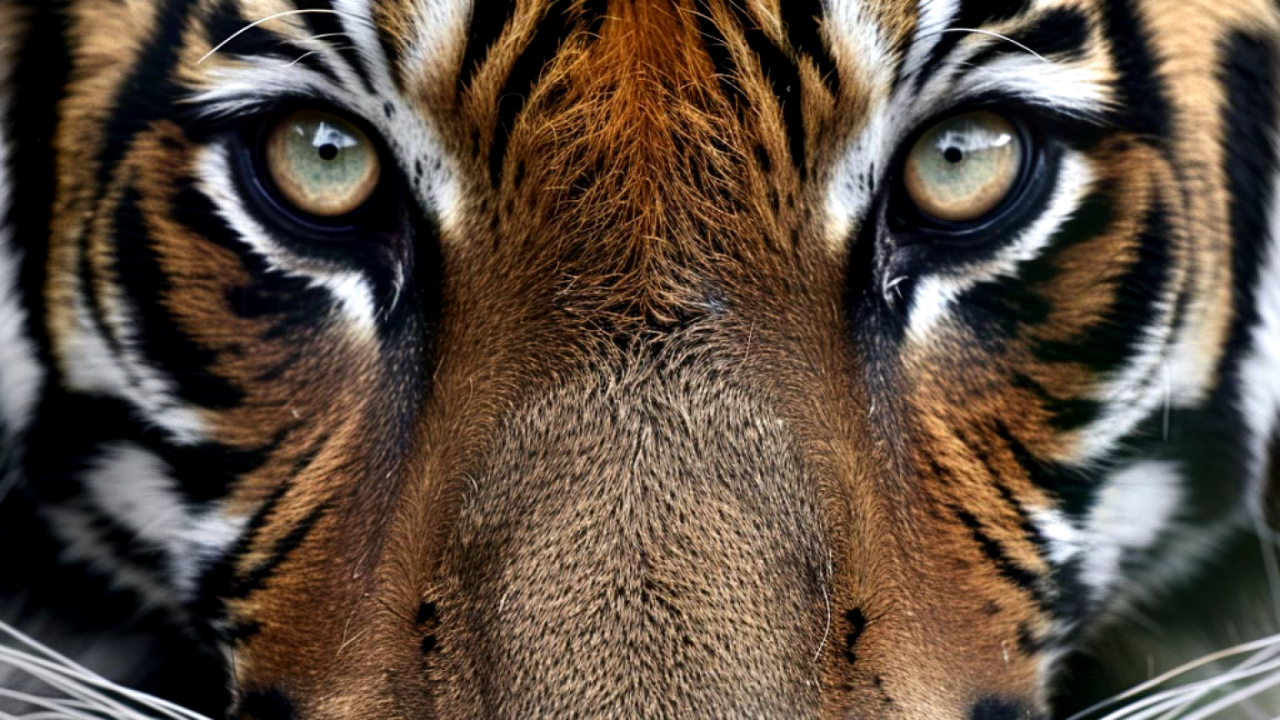Imagine a world where endangered species are safeguarded by an invisible guardian, an advanced technology that predicts and prevents poaching activities before they happen. This is the promise of AI-driven precision conservation, a revolutionary approach to transforming wildlife protection. By identifying poaching hotspots with pinpoint accuracy, AI is enhancing the efforts of conservationists and ensuring a safer future for our planet’s most vulnerable inhabitants.

The Poaching Crisis
Poaching is a relentless threat to wildlife across the globe. Iconic species such as elephants, rhinos, and tigers are being driven to the brink of extinction by illegal hunting. Despite the best efforts of conservationists, traditional methods often fall short in the face of sophisticated poaching networks. This is where artificial intelligence steps in, offering new hope through precision and proactive measures.
AI’s Role in Identifying Poaching Hotspots
AI harnesses vast amounts of data from various sources to identify poaching hotspots. Here’s how it works:
1. Analyzing Environmental Data
AI systems analyze environmental data, including satellite imagery, weather patterns, and topography, to predict where poaching is likely to occur. By understanding the natural habitats and movement patterns of wildlife, AI can pinpoint areas at higher risk.
2. Monitoring Human Activity
By integrating data from camera traps, drones, and even social media, AI monitors human activity in and around protected areas. Suspicious movements and patterns can be flagged in real-time, allowing rangers to respond swiftly to potential threats.
3. Historical Poaching Data
AI algorithms analyze historical poaching incidents to identify trends and patterns. By understanding where and when poaching has occurred in the past, AI can predict future hotspots and help allocate resources more effectively.

Enhancing Wildlife Protection Efforts
AI’s ability to target poaching hotspots significantly enhances wildlife protection efforts in several ways:
1. Efficient Resource Allocation
Conservation organizations often operate with limited resources. AI helps prioritize areas that need immediate attention, ensuring that rangers and patrols are deployed where they are most needed. This targeted approach maximizes the impact of conservation efforts.
2. Real-Time Alerts
AI-powered systems provide real-time alerts to rangers on the ground. By detecting potential poaching activities as they happen, AI enables rapid response and increases the chances of intercepting poachers before they harm wildlife.
3. Predictive Patrolling
AI can recommend patrol routes based on predictive analytics, guiding rangers to areas at high risk of poaching. This proactive strategy not only deters poachers but also increases the chances of catching them in the act.

Success Stories and Future Potential
AI-driven precision conservation is already yielding promising results. In Africa, AI systems have helped reduce elephant poaching incidents by predicting and preventing illegal activities. In Asia, similar technologies are being deployed to protect tigers and other endangered species. As AI technology continues to advance, its potential to revolutionize wildlife protection grows exponentially.
A Smarter Approach to Conservation
The fight against poaching is far from over, but AI offers a smarter, more efficient way to protect our planet’s precious wildlife. By targeting poaching hotspots with unprecedented accuracy, AI empowers conservationists to stay one step ahead of poachers. This innovative approach not only enhances the effectiveness of current efforts but also paves the way for a future where wildlife can thrive without the constant threat of illegal hunting.
By Stanislav Kondrashov



